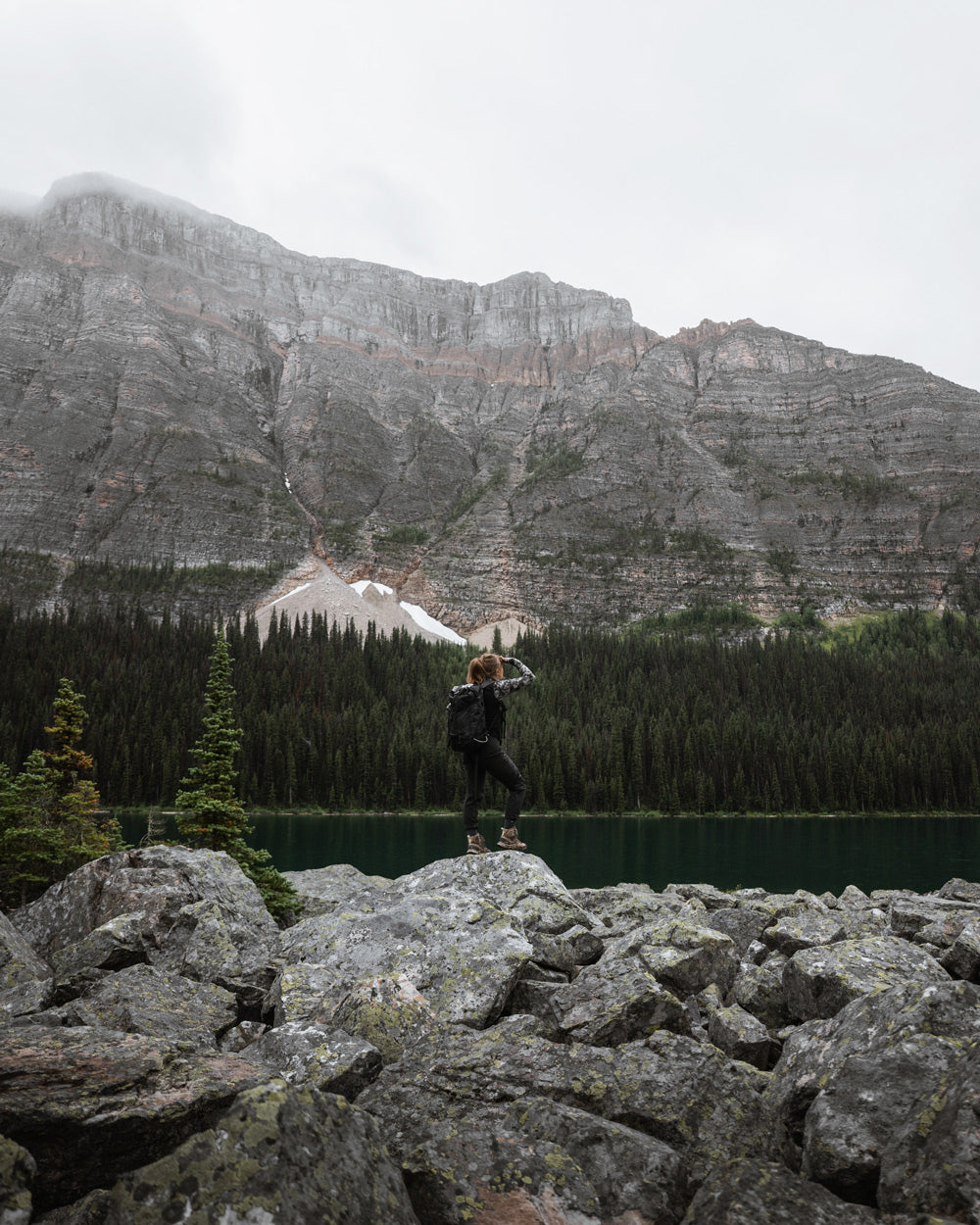Winter hiking takes you into a fairytale world with wonderfully snow-covered trees, breathtaking mountain panoramas and glistening snow. With the following tips, you can enjoy a safe, warm and well-planned winter hike through nature.
Winter hiking - what should you bear in mind?
Hiking through the winter landscapes differs from summer hikes in some respects. The days are shorter in winter, so good planning is essential. hiking route helpful. This starts at home, because "well planned is half the hike". It is advisable to give yourself enough time and plan several short breaks.
On the way to your long-awaited destination, you can also allow yourself a longer stopover or two. For example SAC huts or mountain restaurants with a wonderful mountain panorama to. It is a good idea to find out about their opening times in advance. The same applies to the cable cars, as their operating times vary. If you are using public transport, take the timetables into account when planning your route. If you choose to travel by car, taking appropriate winter equipment such as snow chains can be a great help.
To maintain your body temperature even in the freezing cold, it's smart to opt for the winter hike well equipped for your winter hike. A thermos flask for warm drinks and a change of clothes are essential. In addition, it's always a good idea to check the weather and avalanche reports - safety is paramount.
What equipment is needed for hiking in winter?
When winter hiking the right equipment from head to toe is crucial to withstand the low temperatures. If the hike takes longer than expected, a headlamp will help you to see well in the dark. A comfortable hat protects you from getting cold.
The tried and tested onion principle is also particularly suitable for hiking in winter conditions. Together, the "base layerthe "Mid Layer" and the "Shell Layer" Insulation and protection from winter weather conditions.
The base layer, i.e. the bottom layer, consists of functional underwear, while an insulating jacket made of wool, fleece, softshell or down serves as a mid layer. The outermost layer of clothing is a jacket made of windproof and waterproof material that protects against the weather. Special pants made for winter sports complete the outfit perfectly. Warm gloves are also essential for keeping your hands warm.
To keep winter hiking trails waterproof winter hiking boots are a must. If necessary, these can also be supplemented with gaiters and microspikes. In order to get through the snow effortlessly, many winter hikers trekking poles as an additional aid. A functional hiking rucksack and a first aid kit with a rescue blanket are part of the basic equipment. To ensure that your smartphone is always ready for use, we recommend taking a power bank with you to charge the battery on the go.
With this equipment, you can look forward to a well-prepared winter hike. But it's not just the outer equipment that plays a role. High-quality socks that keep your feet warm and dry during and after the hike are often underestimated.
No more cold feet - socks made from natural materials for winter
High-quality socks designed for hiking in winter ensure an unforgettable experience with excellent foot comfort.
Our tip: a second pair of socks to change into in your rucksack can be very useful, especially when hiking on snow-covered paths.
Technically advanced hiking socks are thought through from the toe to the cuff for maximum comfort. Socks made from high-quality wool materials, such as merino woolhelp to keep your feet warm and dry throughout your hike. Because the temperature-regulating wool has the advantage that it has a warming effect at low temperatures and cools in the heat. It also transports moisture to the outside. This guarantees dry feet at all times. Merino wool also has a natural antibacterial effectand has a high breathability and has odor-inhibiting properties.
Another feature of good outdoor socks is the shock-absorbing effect thanks to sophisticated padding in areas subject to wear. Special fibers help to prevent blisters from forming on the feet. Not to forget the soft edgewhich ensures a comfortable and firm fit fit.
Hiking socks for the winter
With these tips, nothing stands in the way of a beautiful winter hike. In addition to careful planning, it is also important to have the right equipment to make the hiking in winter an unforgettably beautiful winter adventure adventure.
Set off and discover the variety of hiking socks in our online store and enjoy your hikes step by step.
Fibre High Tech, Alpine Trekking l/r, Thermal Deluxe, Expedition




